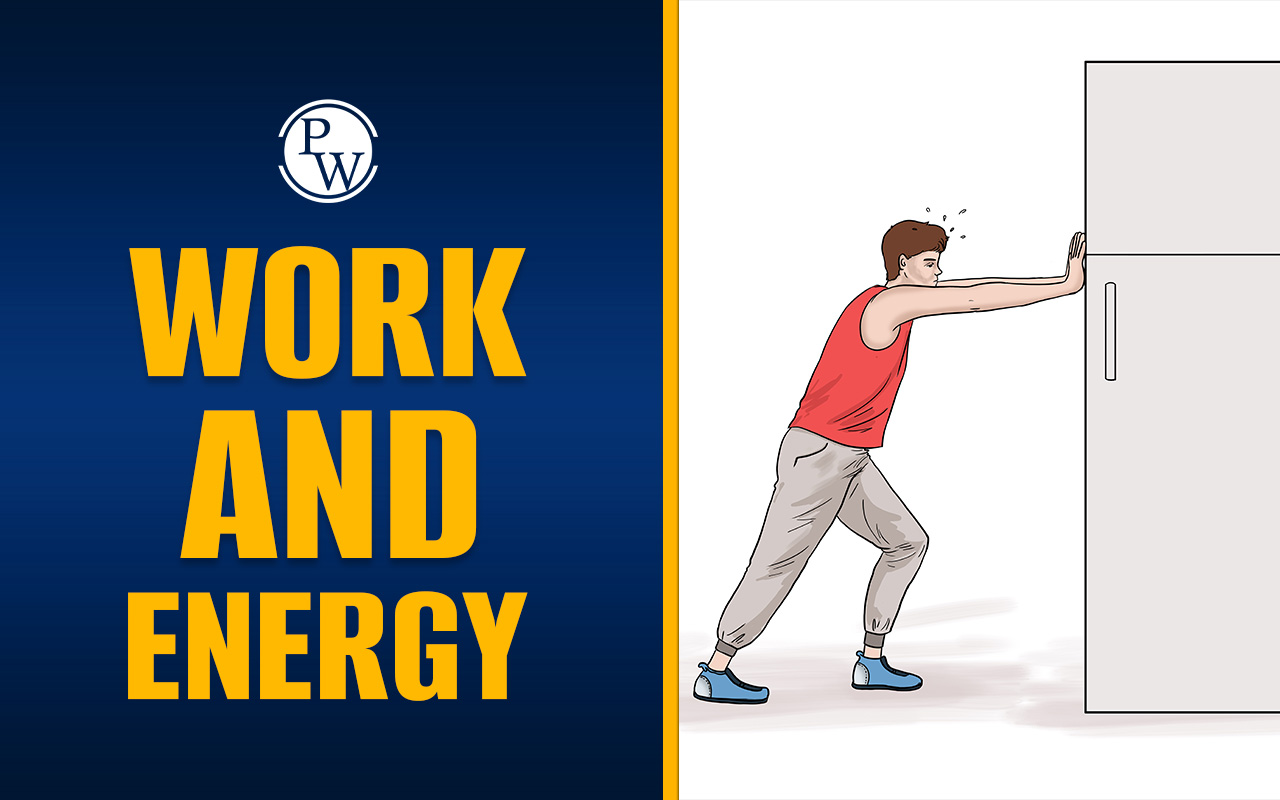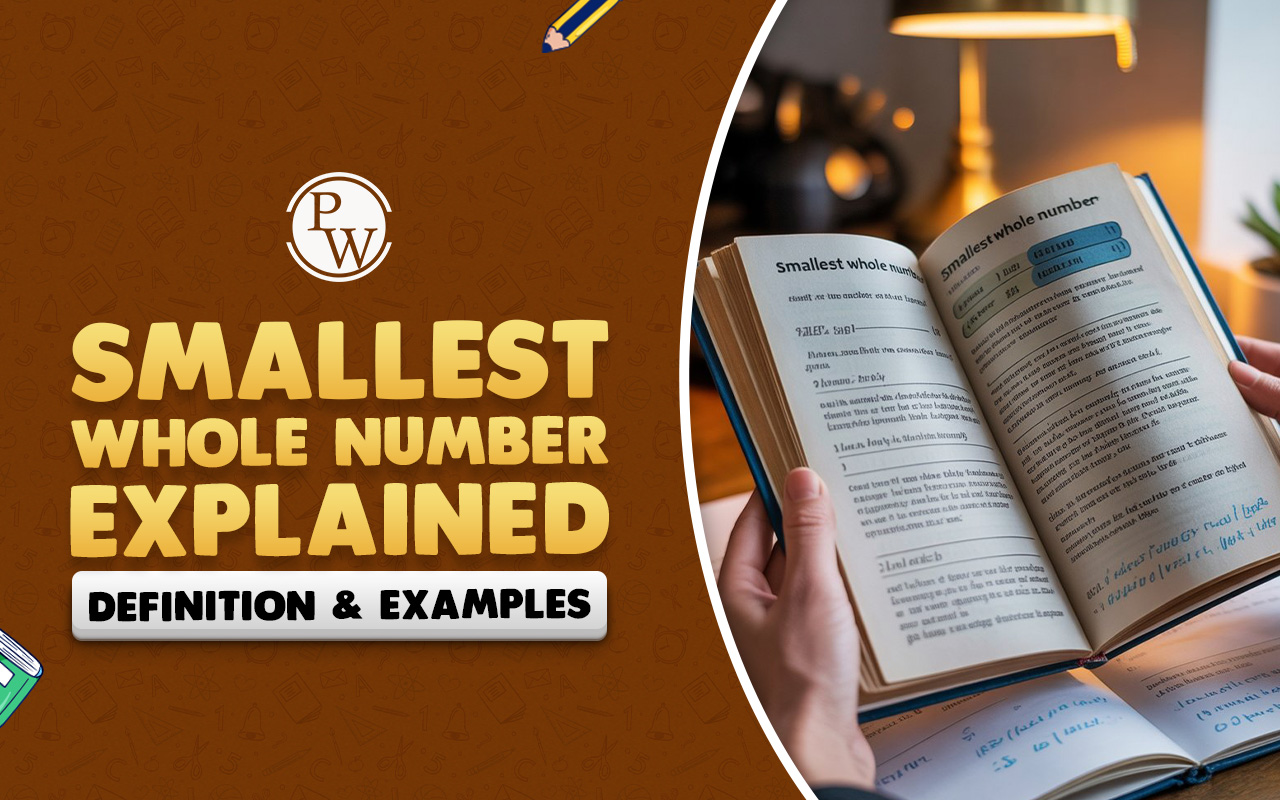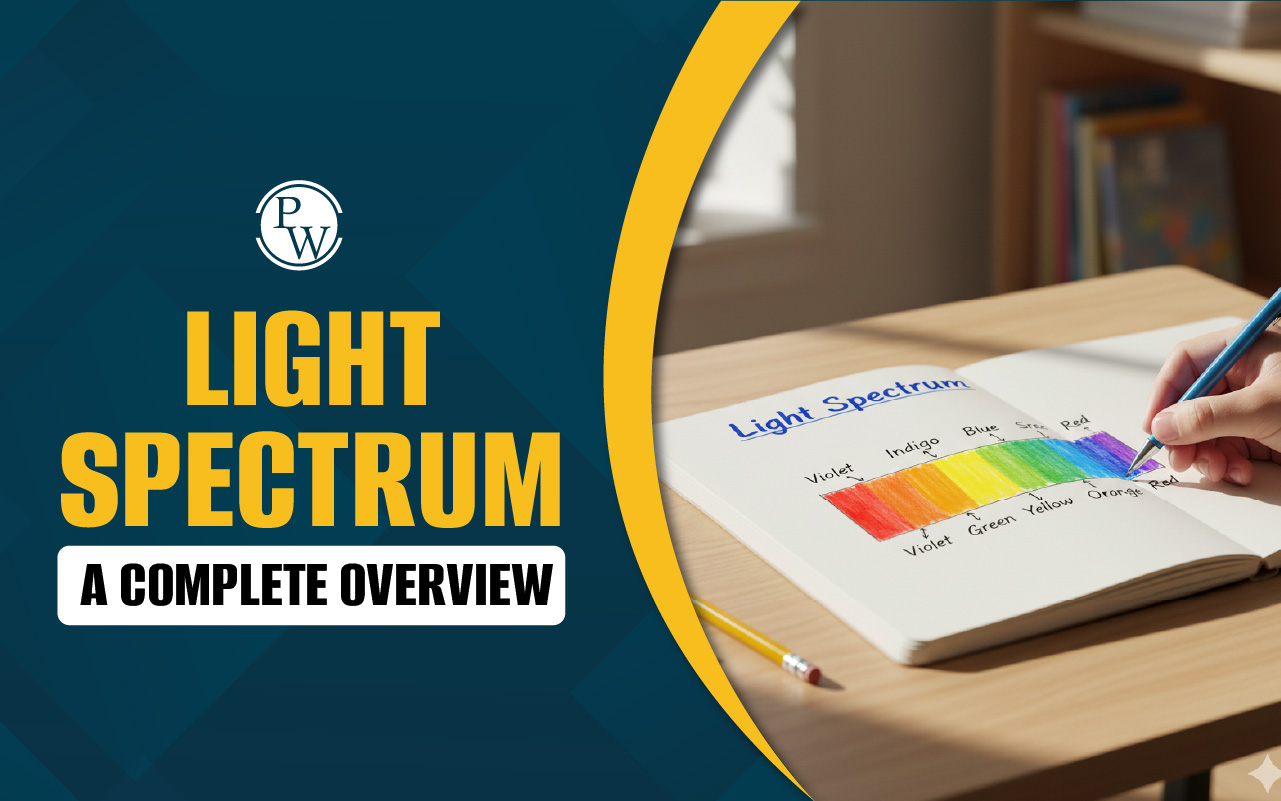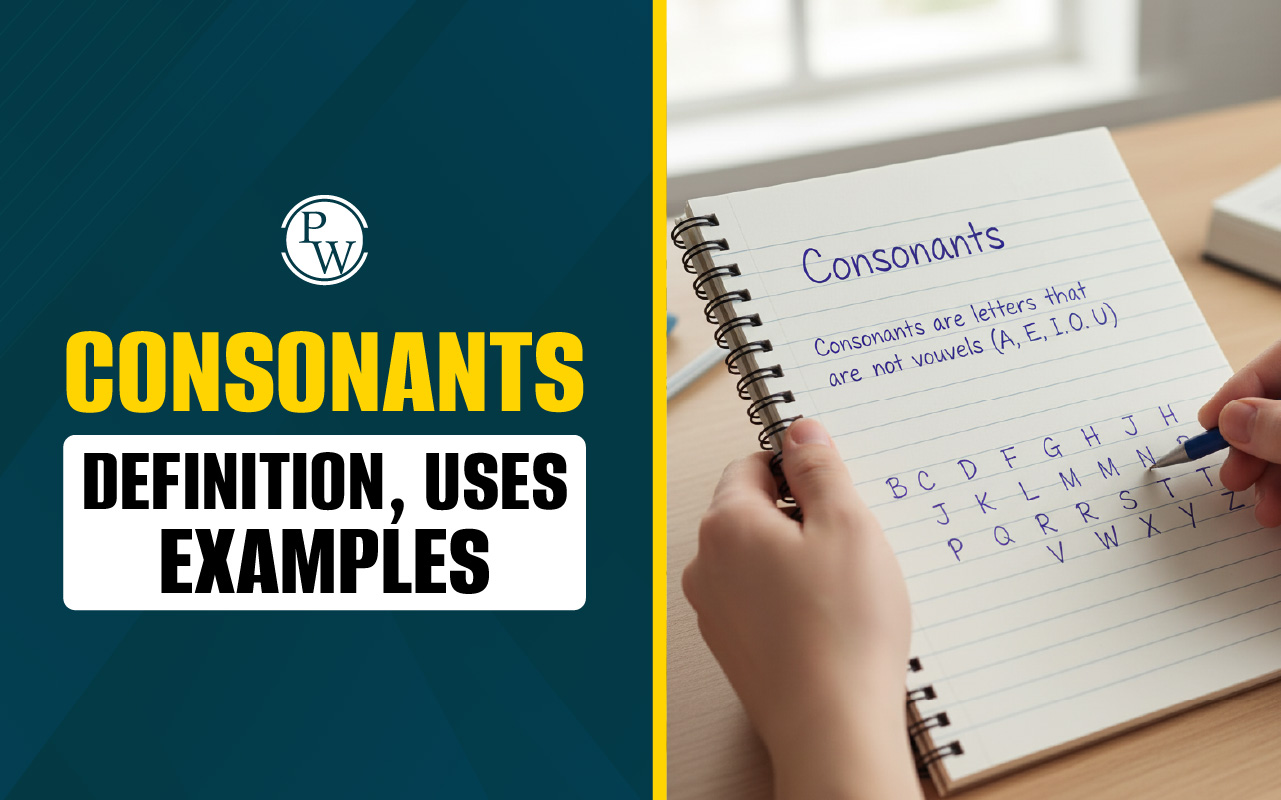
Force and Pressure
To understand how modern technologies and basic things work, we need to understand the basic principles of Physics. A thorough understanding of Physics generates an interest in experiments, analysis, and observation in students. Concepts like force, pressure, displacement are to be understood during our schooling years. To grasp the properties of different types of substances, we must dig deeper into the concepts of force and pressure .What is force?
Force is an external influence that causes a body to change its speed. The external force can act like a push or pull on an object. Push is a force applied away from the body whereas push is force that is applied towards the body. Force has both magnitude and direction. Therefore, it is a vector quantity. The strength of the force is expressed in magnitude. Different types of force can be found in our nature. For instance, the gravitational force of the earth prevents us from levitating while walking. Frictional force is a force that resists the relative motion between bodies moving in opposite directions. Magnetic force causes bodies to attract or repel each other.Relationship between force and displacement
The distance covered by an object under force is called displacement. It is a vector quantity as it has both magnitude and direction. A negative displacement occurs when you apply force in the object’s opposite direction. A positive displacement happens when the direction of the object and applied force is the same. We encounter various types of forces in our daily life. Some of these force types are explained below:-
Muscular Force
-
Contact force
-
Non-contact force
-
Electrostatic force
-
Nuclear force
What is Pressure?
When force acts on a body, its impact is measured in pressure . In simple words, force acting per unit area of an object is called pressure. Pressure = Force/Area When a moving car and a standing car collide, the net force causes the standing car to move ahead. The pressure which the moving car creates causes a dent on either of the cars. The unit of pressure is ‘Pascal’. The pressure created by a smaller area is always larger than the pressure created by a bigger area. For example, a sharp knife cuts through a hard surface like plastic when enough force is applied. On the other hand, a blunt knife may only cause a few scratches even if the force remains constant in either cases. From the above example, it is evident that force and pressure are interconnected. The topic of force and pressure is crucial for understanding the basic concepts of Physics.Types of pressure
1. Atmospheric Pressure
The pressure exerted by the earth's atmosphere on objects at or near the surface is called atmospheric pressure. A barometer is used to measure atmospheric pressure.2. Fluid Pressure
The pressure exerted by liquids and gases in different situations like submerging objects in water or air pressure in a balloon is called fluid pressure. Manometer is a device that is used to measure fluid pressure.3. Buoyant Force and Archimedes' Principle
The force exerted by fluids on submerged objects is called buoyant force. Archimedes Principle states that an object submerged in a fluid experiences an upward buoyant force. This force is equal to the weight of the fluid displaced.4. Pressure in Solids
Stand or jump on different types of surfaces to study how solid surfaces experience pressure.5. Absolute Pressure
Absolute pressure is the actual pressure at a specific point, including atmospheric pressure. It's measured with respect to a perfect vacuum (absolute zero pressure).6. Vapour Pressure
The pressure created by a liquid’s vapourised molecules inside a closed container is known as vapour pressure. The vapour pressure changes with the liquid’s properties and temperature. At a higher temperature, more molecules escape and the vapour pressure increases.7. Blood Pressure
The pressure exerted by circulating blood on the walls of blood vessels is called blood pressure.8. Surface Tension
The force acting on the surface of a liquid that tends to minimise its surface area is called surface tension. Surface tension prevents small objects such as insects from sinking in water.Differences between force and pressure
Force is the activity of pulling or pushing an object. To check the distribution of force over an object’s surface area, a term called ‘pressure’ is used. Pressure is the direct result or impact of the applied force. Pressure can be calculated using the object’s surface area and the strength or magnitude of the force. Now, let’s study the differences between force and pressure from the below table:| Basis of comparison | Force | Pressure |
| Definition | Force is a pull or push that forces an object to change its shape or motion. | The force applied to an object/fluid in a perpendicular direction on its surface is pressure. |
| Nature | Force is a vector quantity as it possesses both magnitude and direction. | Pressure is a scalar quantity i.e. it only has magnitude without any specific direction. |
| Formula | Force is calculated as the product of mass of the object and acceleration that it gets after application of force. F = m x a Where ‘m’ is the mass of the object and ‘a’ is its acceleration. | Pressure is calculated by using the below formula: P = f/a Where ‘f’ is the force and ‘a’ is the surface area of the object. |
| Units | Newton is the SI unit of force | Pascal is the SI unit of pressure |
| Direction | Force can accelerate, change direction, decelerate, or deform an object as per its magnitude and direction. | Pressure determines how the force influences the surface area of the object. |
| Application | Force and its principles are relevant to certain principles of Physics such as dynamics, kinematics, mechanics, and other principles of Physics. | The principles of pressure are applicable to hydrodynamics, aerodynamics, fluid mechanics, and other concepts of Physics. |
| Examples | The bullock pulling a cart Pushing a static object Pulling a role | Pressing an object with force by hand or machine Changing the shape of clay using hands and fingers |
Watch Full Video of Force and Pressure
Conclusion
From the above sections, it is evident that force and pressure and interlinked concepts. Learning the differences and key similarities between force and pressure can help you grasp some critical concepts and fundamentals of Physics. As a student, you can learn and understand these concepts better through graphical representation. You can also conduct some experiments to understand the applications of force and pressure in general life. The Fundo Experiment Kit is ideal for the students who want to learn through experiments. This kit is ideal for the students of 6th, 7th, and 8th class. It covers diverse topics of Science, Chemistry, and Physics through simple, clear, and insightful experiments. Through these experiments, you can develop your skills like problem solving and critical thinking. You can observe, analyse, and draw conclusions from your hands-on experience. Buy the Fundo Experiment Kit today to improve your knowledge and sharpen your scientific temperament! Related LinksForce & Pressure FAQs
Q1. What are the applications of pressure? Ans. Through hydraulic systems like car brakes, you can learn the practical application of pressure. Weather measurement devices like a barometer are used for measuring atmospheric pressure. Pressure cookers, blood pressure equipment, powering tools, inkjet printers, and rockets are the other practical applications of pressure. Q2. Do only solids exert pressure? Ans. No, even liquids and gases can exert pressure on an object. The upward pressure or upthrust of water on the boat causes it to float. It is also referred to as buoyant force because it helps the boat to attain buoyancy. As per the Archimedes Principle, the buoyant force on an object submerged in a fluid is equal to the weight of the fluid displaced by the object. Q3. What is zero displacement? Ans. Zero displacement is said to occur when the object attains its original position after application of force.What are the applications of pressure?
Through hydraulic systems like car brakes, you can learn the practical application of pressure. Weather measurement devices like a barometer are used for measuring atmospheric pressure. Pressure cookers, blood pressure equipment, powering tools, inkjet printers, and rockets are the other practical applications of pressure.
Do only solids exert pressure?
No, even liquids and gases can exert pressure on an object. The upward pressure or upthrust of water on the boat causes it to float. It is also referred to as buoyant force because it helps the boat to attain buoyancy. As per the Archimedes Principle, the buoyant force on an object submerged in a fluid is equal to the weight of the fluid displaced by the object.
What is zero displacement?
Zero displacement is said to occur when the object attains its original position after application of force.
Talk to a counsellorHave doubts? Our support team will be happy to assist you!

Check out these Related Articles
Free Learning Resources
PW Books
Notes (Class 10-12)
PW Study Materials
Notes (Class 6-9)
Ncert Solutions
Govt Exams
Class 6th to 12th Online Courses
Govt Job Exams Courses
UPSC Coaching
Defence Exam Coaching
Gate Exam Coaching
Other Exams
Know about Physics Wallah
Physics Wallah is an Indian edtech platform that provides accessible & comprehensive learning experiences to students from Class 6th to postgraduate level. We also provide extensive NCERT solutions, sample paper, NEET, JEE Mains, BITSAT previous year papers & more such resources to students. Physics Wallah also caters to over 3.5 million registered students and over 78 lakh+ Youtube subscribers with 4.8 rating on its app.
We Stand Out because
We provide students with intensive courses with India’s qualified & experienced faculties & mentors. PW strives to make the learning experience comprehensive and accessible for students of all sections of society. We believe in empowering every single student who couldn't dream of a good career in engineering and medical field earlier.
Our Key Focus Areas
Physics Wallah's main focus is to make the learning experience as economical as possible for all students. With our affordable courses like Lakshya, Udaan and Arjuna and many others, we have been able to provide a platform for lakhs of aspirants. From providing Chemistry, Maths, Physics formula to giving e-books of eminent authors like RD Sharma, RS Aggarwal and Lakhmir Singh, PW focuses on every single student's need for preparation.
What Makes Us Different
Physics Wallah strives to develop a comprehensive pedagogical structure for students, where they get a state-of-the-art learning experience with study material and resources. Apart from catering students preparing for JEE Mains and NEET, PW also provides study material for each state board like Uttar Pradesh, Bihar, and others
Copyright © 2025 Physicswallah Limited All rights reserved.
Get App








